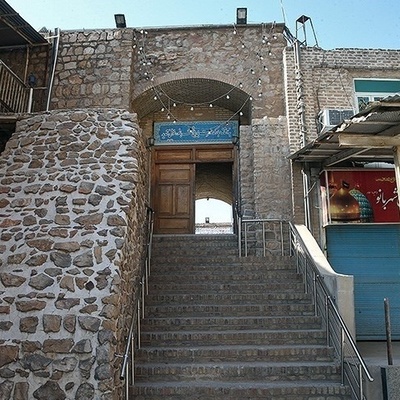SAEDNEWS: Explore Puma’s journey—from its origin in a rivalry between two brothers to becoming one of the world’s leading sportswear brands. Read the full story of its founding, competition with Adidas, and the iconic leaping cat logo, and uncover the evolution of Puma.

According to the Success Desk of SaedNews, the story of the Puma brand is more than just a tale of a successful sports company—it is a dramatic saga of rivalry, innovation, and the separation of two brothers. In the small town of Herzogenaurach, Germany, a seed was planted that would eventually grow into two of the world’s largest sports brands: Puma and Adidas. This article takes you on a journey through time, exploring the fascinating history of Puma—from its founding by Rudolf Dassler to its rise as a global symbol of speed and style. A path marked by fierce competition with Adidas and challenges that ultimately forged Puma’s unique identity.
From Shared Workshop to a Sports Giant
Puma’s roots trace back to 1924 with the "Dassler Brothers" shoe factory. Rudolf and Adolf (Adi) Dassler ran a successful business together. Adi was a creative and introspective designer, while Rudolf was a smart, outgoing salesman. Their collaboration quickly bore fruit, and their shoes were worn by numerous Olympic athletes.
However, during World War II, tensions between the brothers deepened. Misunderstandings and mutual accusations created an irreparable rift. By 1948, the split was complete. Adolf Dassler founded his own brand, Adidas, while Rudolf established a new company across the river in Herzogenaurach.

Rudolf initially named his company “Ruda,” derived from the first letters of his name and surname (Rudolf Dassler). But he soon sought a name that embodied speed, agility, and power—qualities reflected in his sports products. Thus, the name Puma was chosen, inspired by the wild cat native to the Americas, known for its incredible leaps and speed.
The Leaping Cat: Visual Identity of a Brand
Puma’s first logo in 1948 depicted a puma leaping through the letter “D” (for Dassler). Over the years, the logo underwent several transformations until it became the sleek, powerful symbol recognized today. In 1967, famous cartoonist Lutz Backes created the now-iconic leaping cat without any borders, quickly making it one of the world’s most recognizable logos. Alongside the logo, the "Formstrip"—a curved line on shoes and apparel—cemented Puma’s visual identity forever.
Puma vs. Adidas: The Cold War of Sports
The brothers’ feud split Herzogenaurach into two camps. Puma and Adidas employees rarely interacted, and the rivalry permeated the city’s social life. This decades-long competition became a driving force for innovation in both companies.
A highlight of this rivalry was sponsorship of top athletes. Puma secured legendary figures like Pelé, the Brazilian football icon, and Usain Bolt, the fastest man in the world, establishing itself as a leading sports brand. A memorable marketing moment occurred during the 1970 World Cup final, when Pelé bent down to tie his Puma shoes before the game—an iconic move that captured the attention of millions worldwide.

Innovation and Global Expansion
Puma has always emphasized product innovation—from creating the first football shoes with interchangeable studs (the Super Atom) in 1952 to introducing advanced technologies in running shoes and sports apparel. The brand continuously strives to enhance athletic performance.
In recent decades, Puma has smartly blurred the lines between sports and fashion. Collaborations with top designers and global music and entertainment icons, including Rihanna and Jay-Z, have secured Puma a special place in the lifestyle market.
Conclusion
Puma’s history is an inspiring tale of transforming a family feud into a global empire. Through innovation, smart marketing, and a deep understanding of athletes’ and fashion enthusiasts’ needs, Puma has remained at the top for over seventy years. Today, the leaping Puma symbolizes not only speed and power on the field but also style and boldness on streets around the world—carrying Rudolf Dassler’s legacy into a brighter future.

